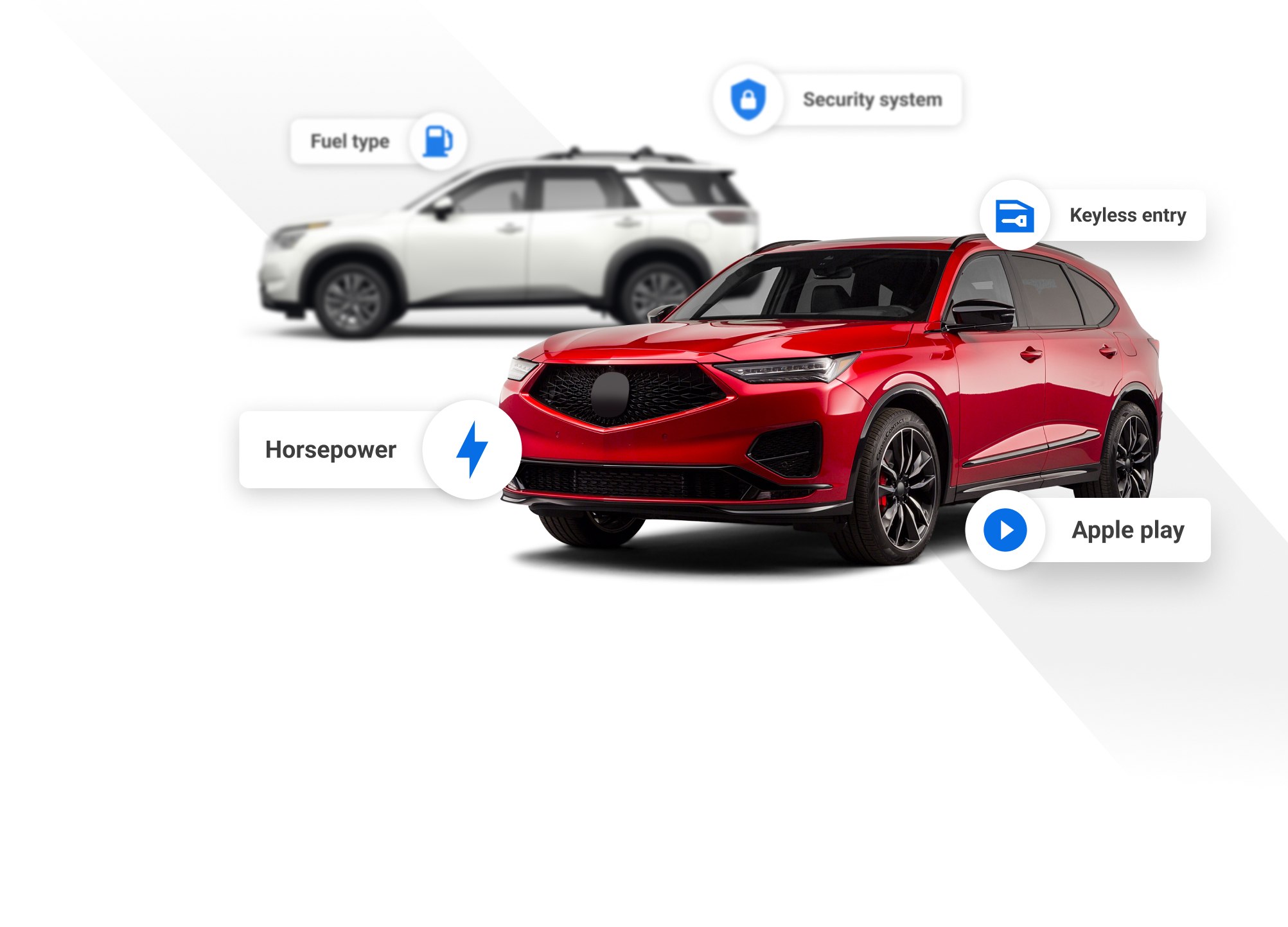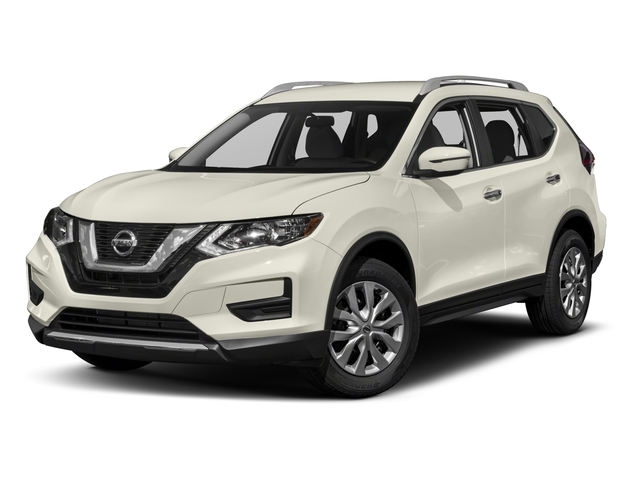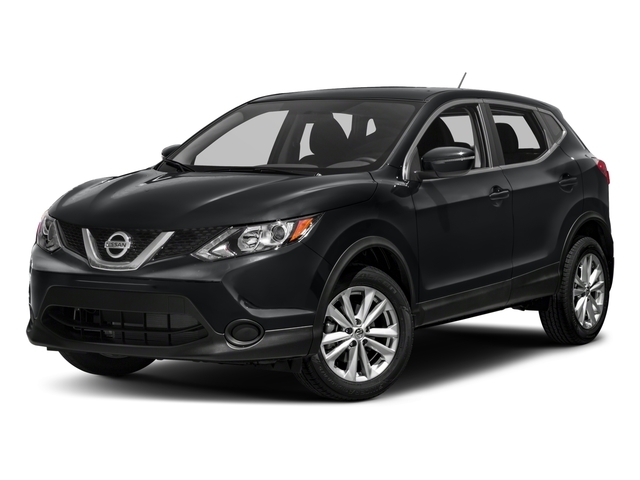
2017 Mazda CX-5

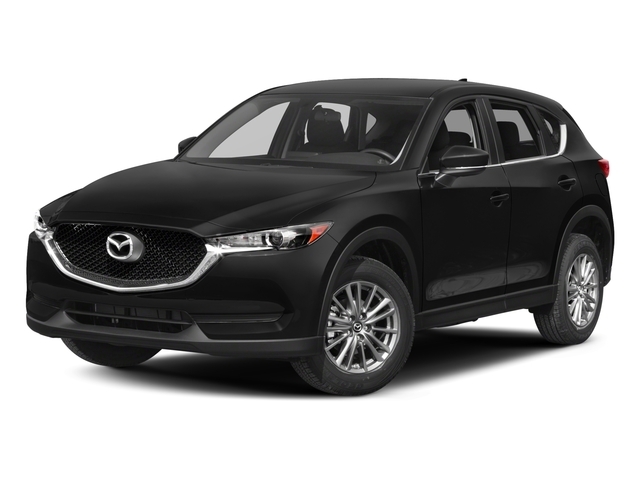
Key Specifications for 2017 Mazda CX-5






Buyer’s Guide
Mazda has redesigned its compact CX-5 crossover into a second generation for 2017. The makeover isn't incredibly dramatic, with Mazda's most popular crossover model adopting styling cues that better link it to the brand's other
The CX-5 is one of Mazda's most popular models, yet it waited until this year for an update that brings it in line, styling- and technology-wise, with the brand's other crossovers, the little CX-3 and mid-size CX-9.
Following its debut at the LA auto show in late 2016, the CX-5 gets a tauter, more aggressive look that we think will appeal to drivers drawn to this Japanese brand for its focus on fun driving dynamics clothed in affordable and practical shapes.
CX-5's interior has been updated, too, gaining the tablet-like infotainment screen borrowed from other Mazda models, along with the console-mounted rotary dial that controls it. Other design improvements include a shift lever mounted higher to optimize the driving position, and door speakers positioned to reduce door panel rattle.
Under the hood, the 2.0L four-cylinder engine is now relegated to the absolute base model, the GX with front-drive and six-speed manual transmission. All other models -- GX and GS with automatic transmission and front- or all-wheel drive, and the AWD-only GT -- get the 2.5L, which is just as well, given the 2.0L is a bit underpowered here.
Getting deeper on the technical side of things, the CX-5 now gets Mazda's G-vectoring control, which reduces engine torque when the driver turns the wheel to enter a corner, the idea being to shift weight onto the front wheels and enhance cornering grip and steering response. Mazda says GVC also helps reduce driver fatigue by reducing the need for small steering corrections in highway driving.
Mazda has also expanded the availability of its i-Activesense safety suite by bundling together items like radar cruise, smart brake support, forward obstruction warning, lane departure warning and lane keep assist in a package available in the mid-range GS trim.
Also new are standard LED headlights in all trims, a power tailgate in GS and GT models and in the GT exclusively, heated rear seats and a traffic sign recognition system that displays the speed limit in the head-up driving display.
Other standard feature highlights include 17-inch alloy wheels (on GX and GS; the GT gets 19s), auto-off headlights, noise isolating windshield, four-speaker stereo, seven-inch infotainment display, air conditioning, push-button start, keyless entry, power windows, manual six-way driver and four-way front passenger seat adjustments and trip computer.
GS models get auto on/off auto-levelling headlights, rain-sensing wipers, front wiper de-icer, six-speaker stereo, two USB ports for rear-seat passengers, auto-dimming rearview mirror, heated front seats with leatherette trim, power driver's seat and six-way manual passenger seat and heated steering wheel. A comfort package adds sunroof, dual-zone climate control and passive keyless entry; that group can be augmented with the i-Activesense active safety suite.
GT adds dual-zone automatic climate control, passive keyless entry, navigation, 10-speaker Bose stereo and leather seating with electric 10-way driver and six-way front passenger adjustments. A technology package adds the i-Activesense suite.
Fuel consumption estimates are 9.4/7.4 L/100 km (city/highway) with the 2.0L engine and manual transmission. Figures for the GS with its 2.5L engine and FWD are 9.8/7.7, and with AWD they rise to 10.2/8.3 L/100 km.
Review & Compare:
Photos

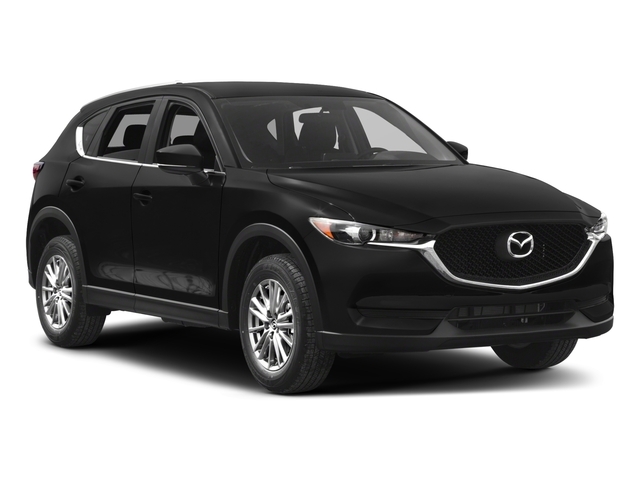
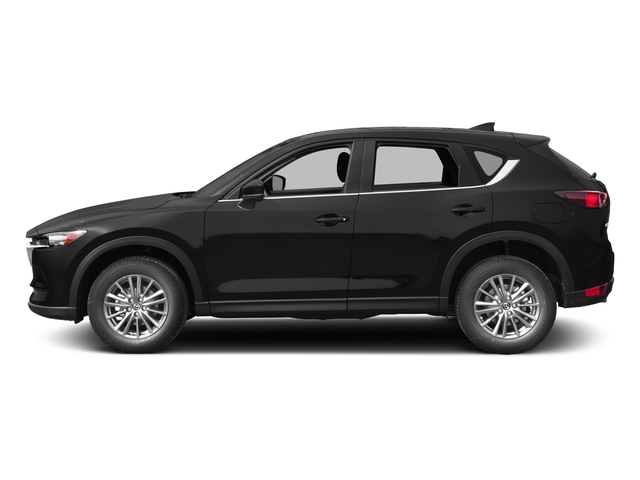
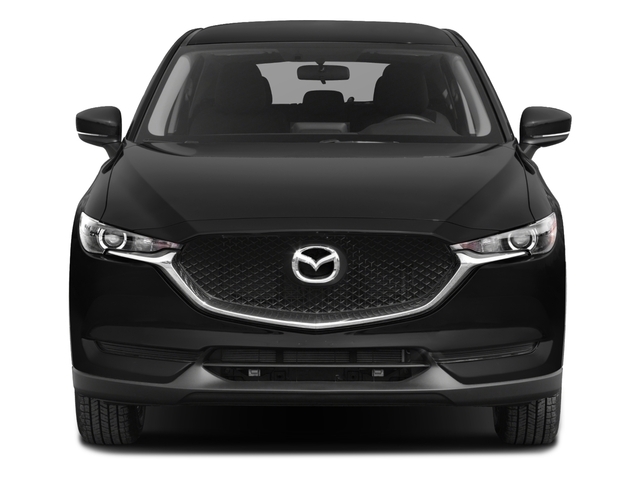
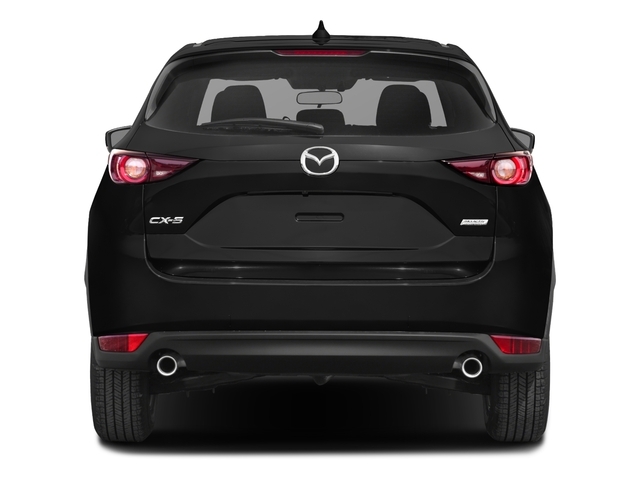
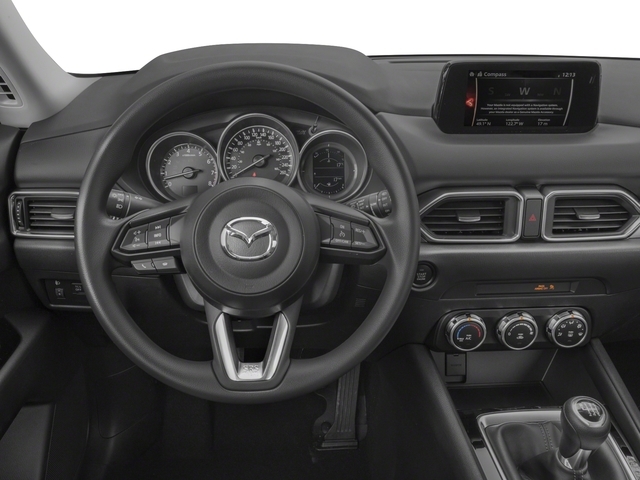
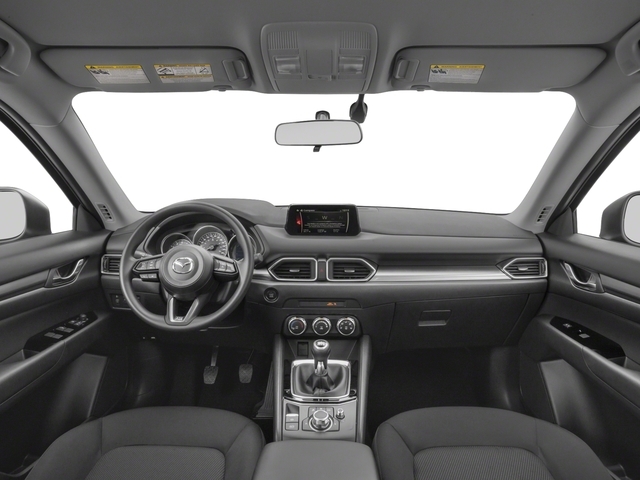
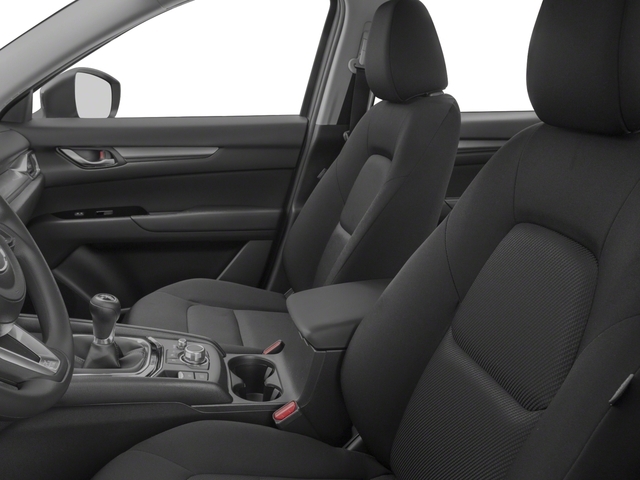
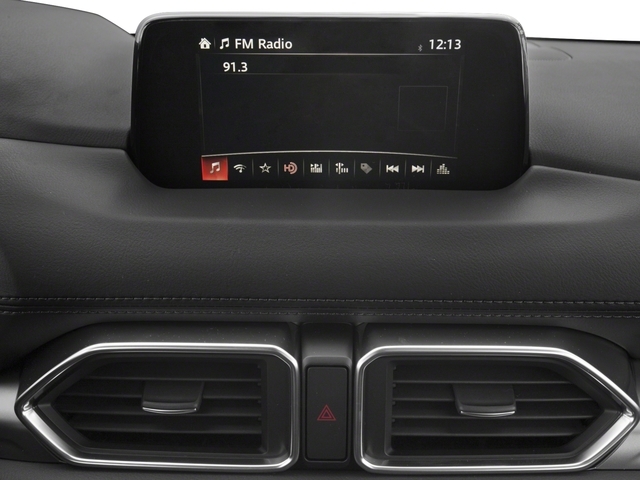
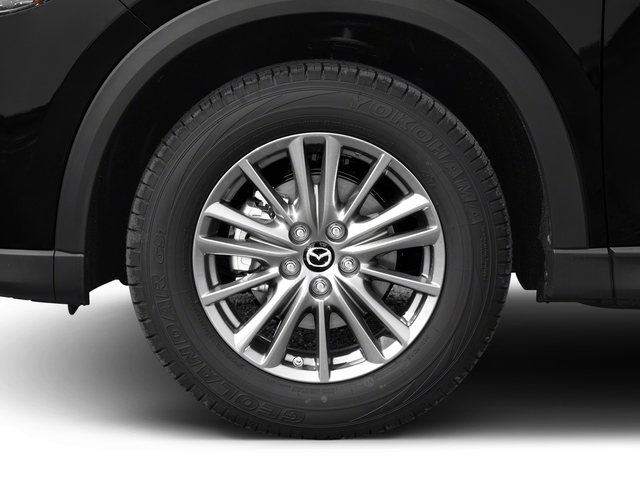
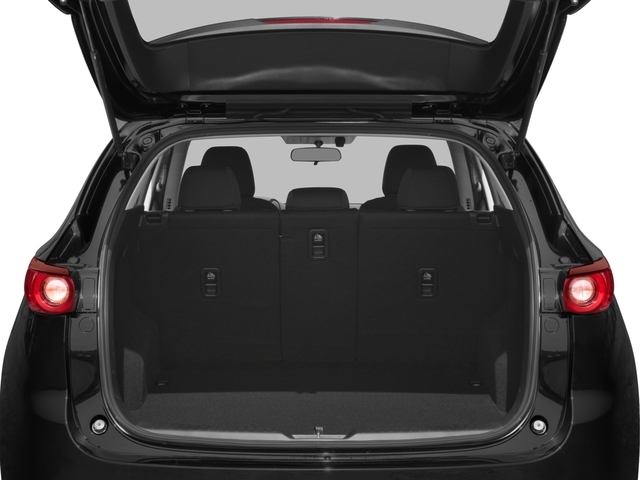
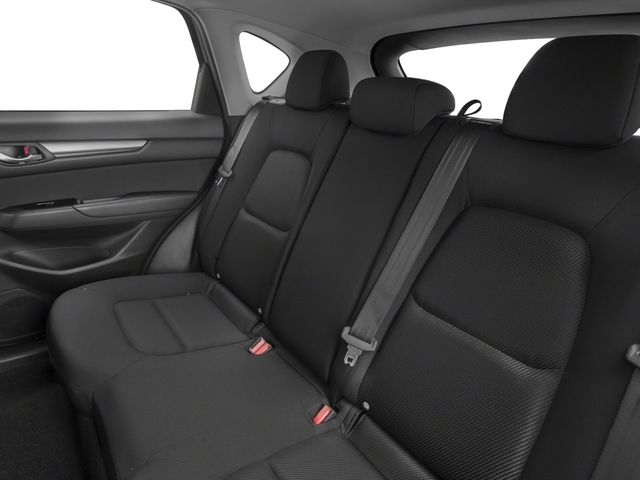
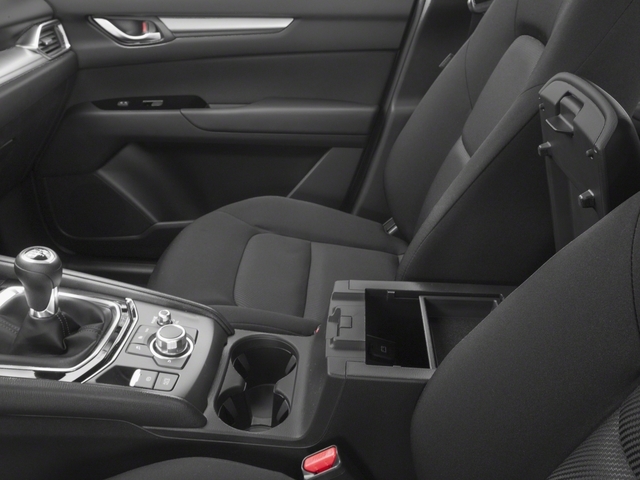
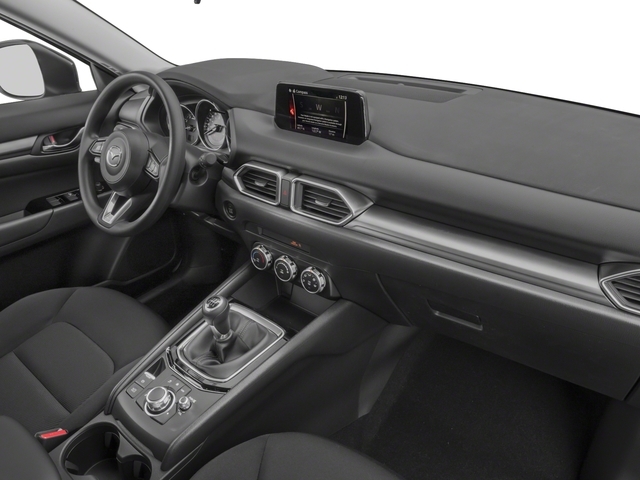
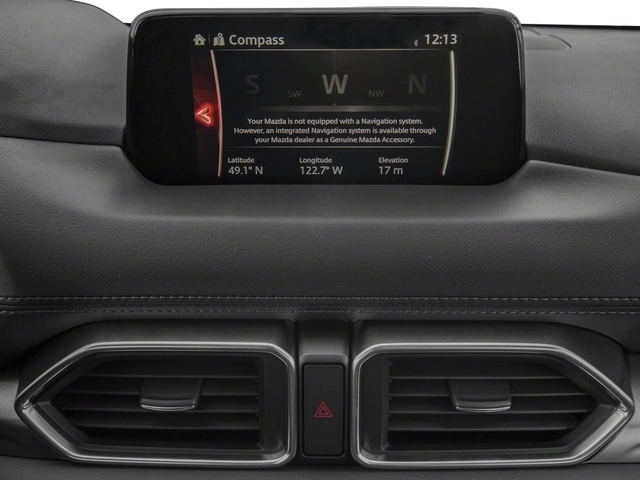
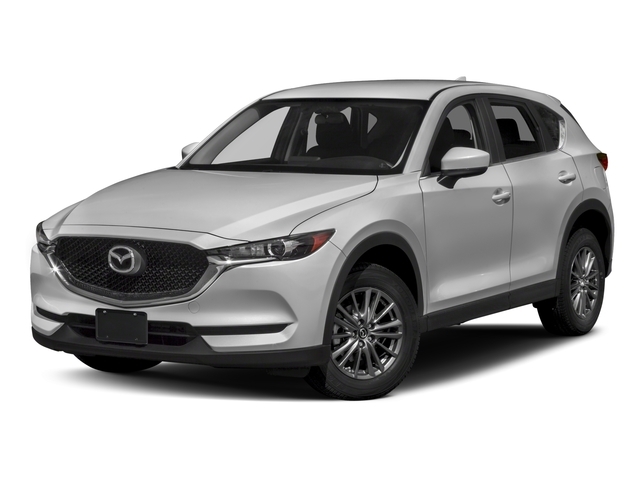
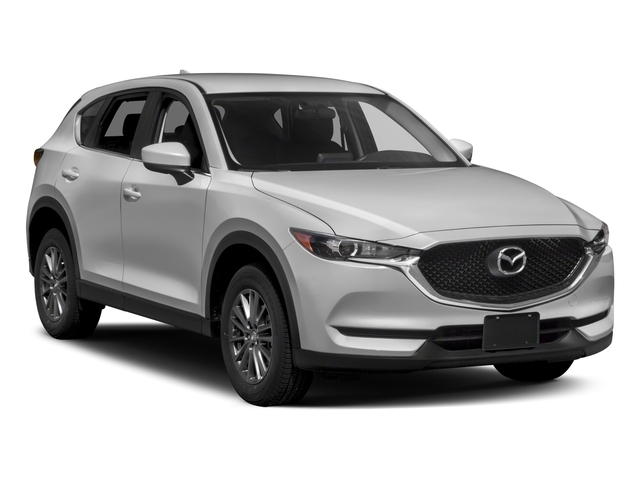
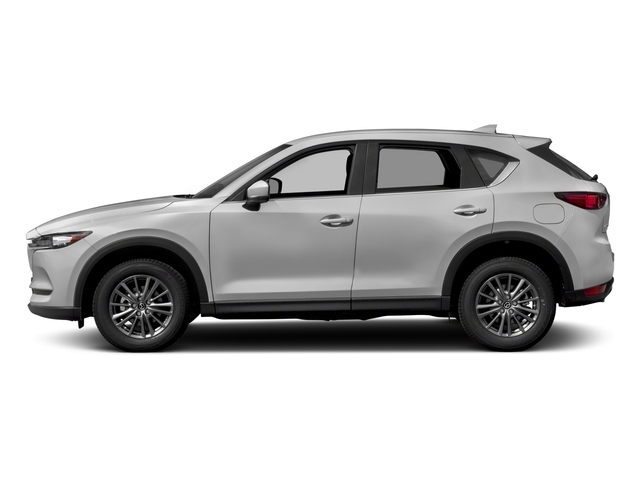
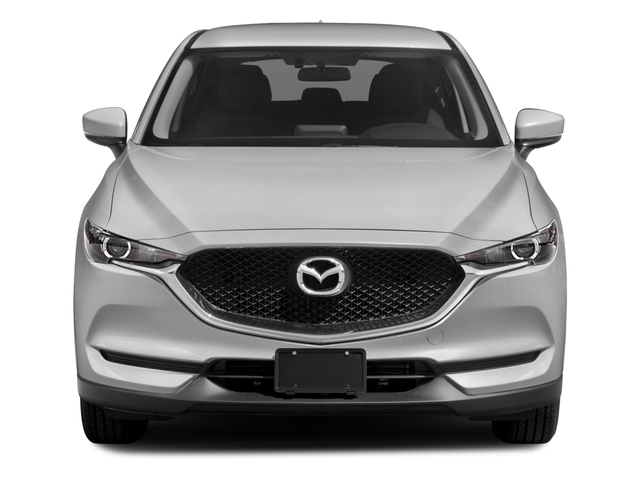
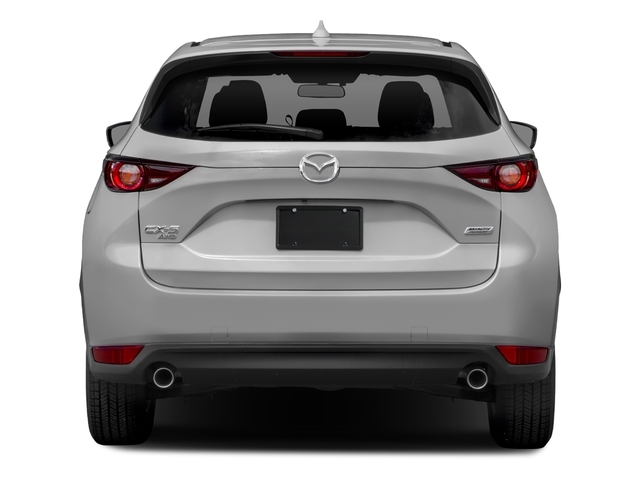
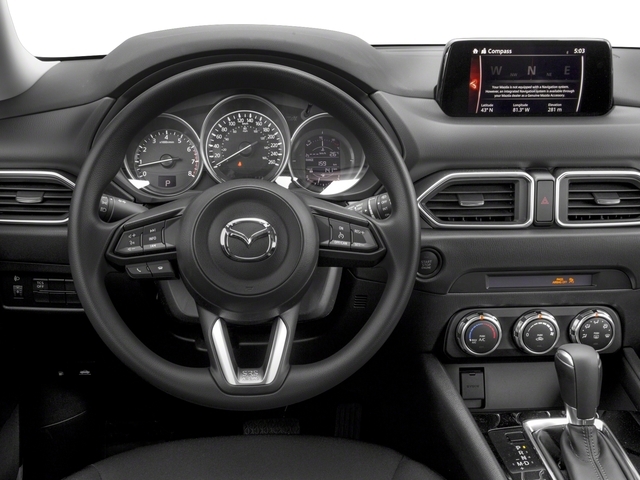
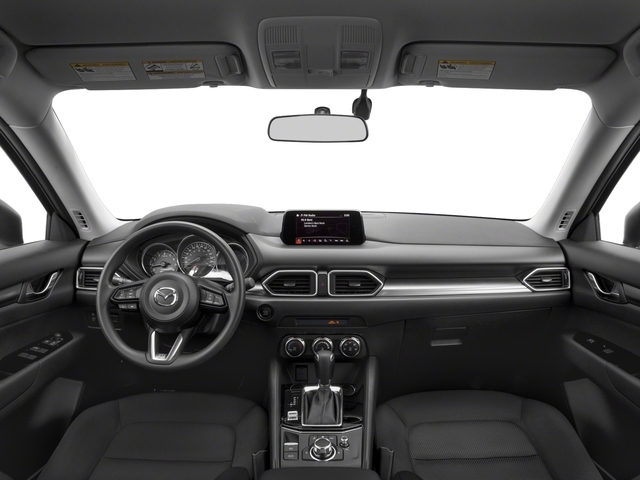
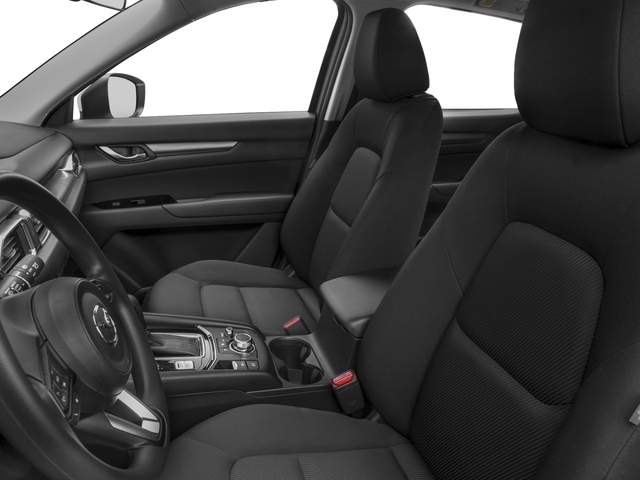
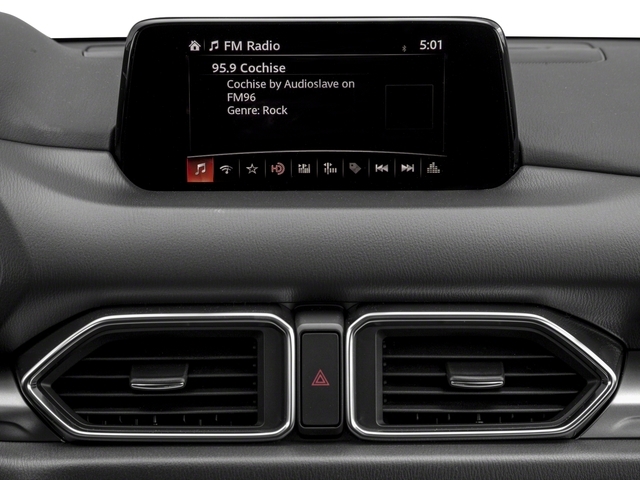
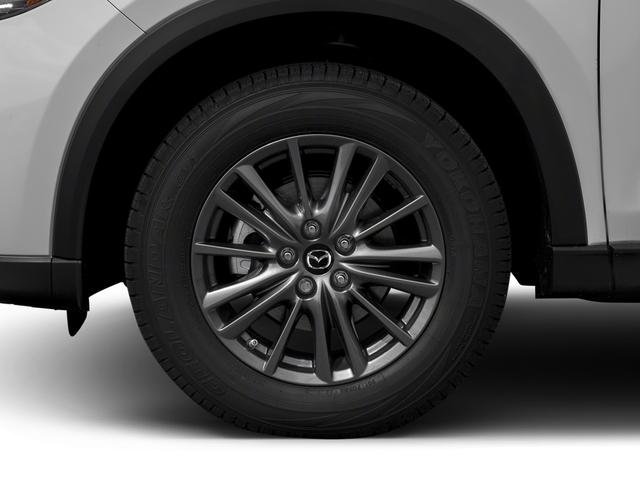
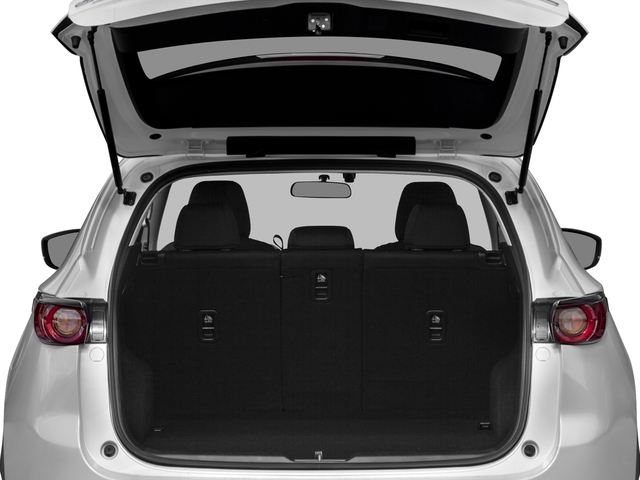
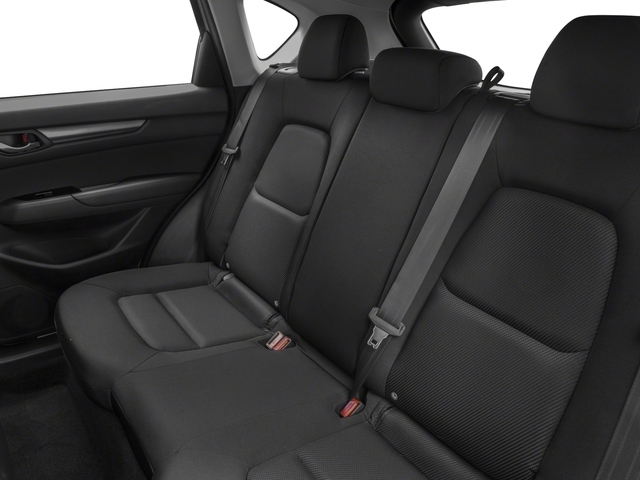
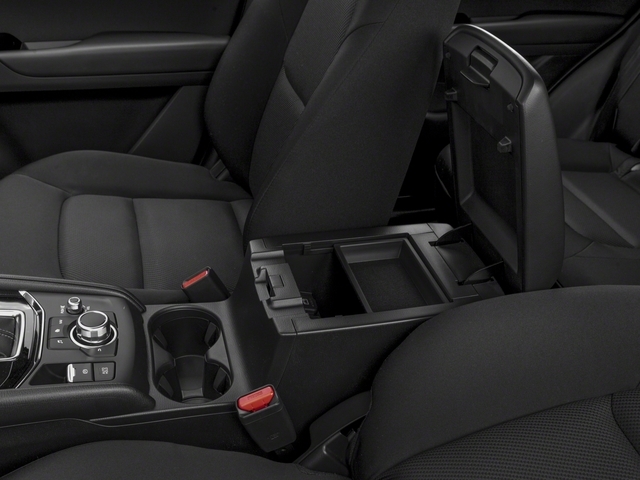
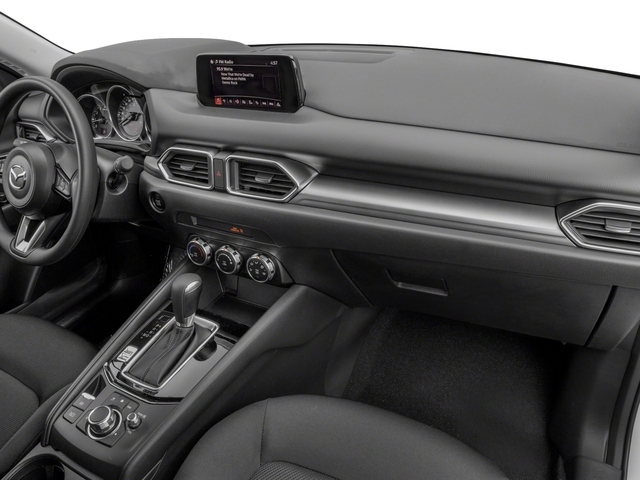
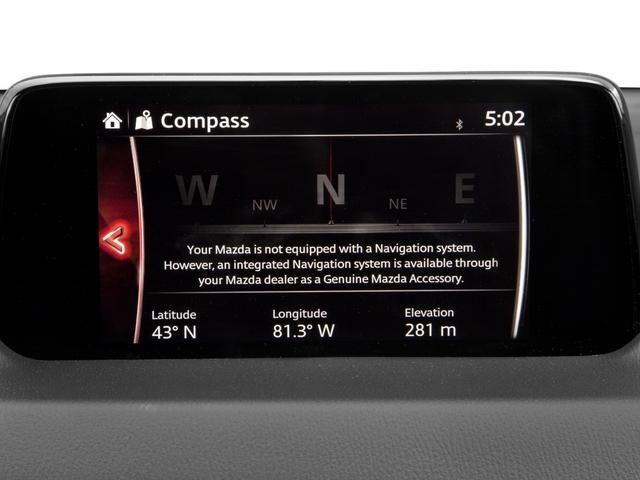
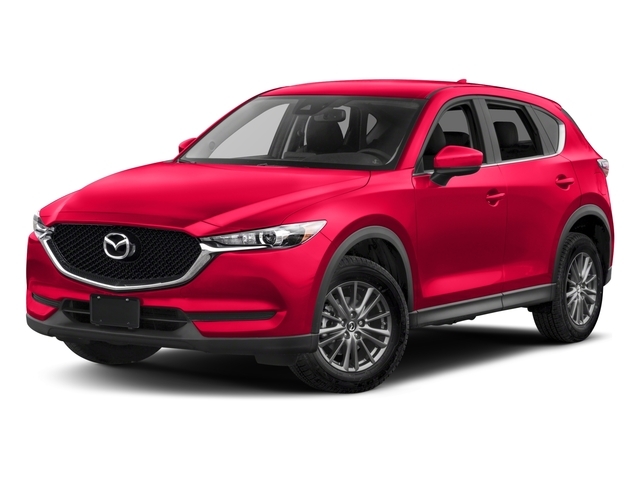
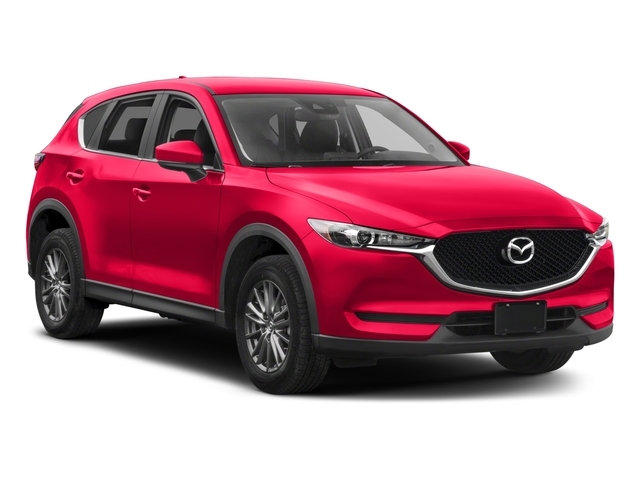
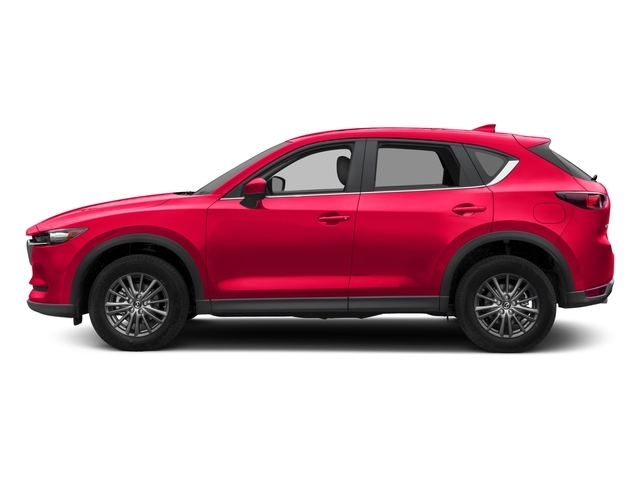
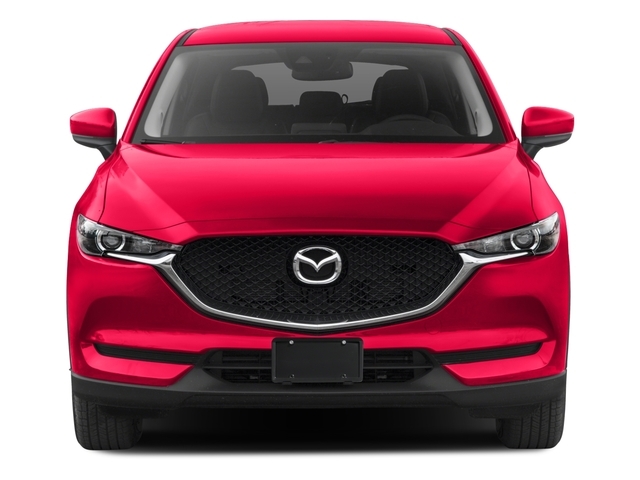

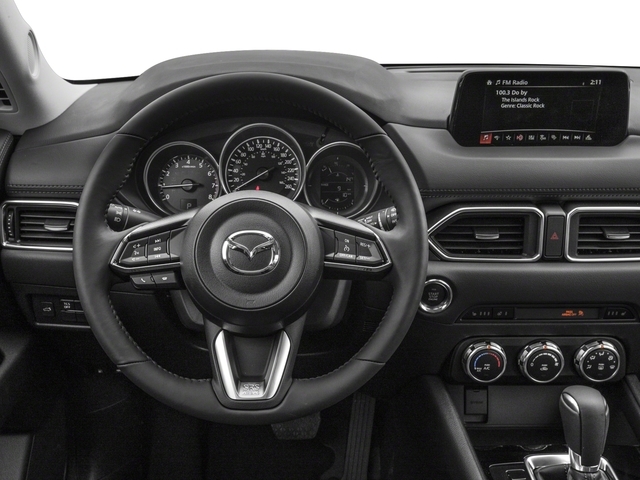
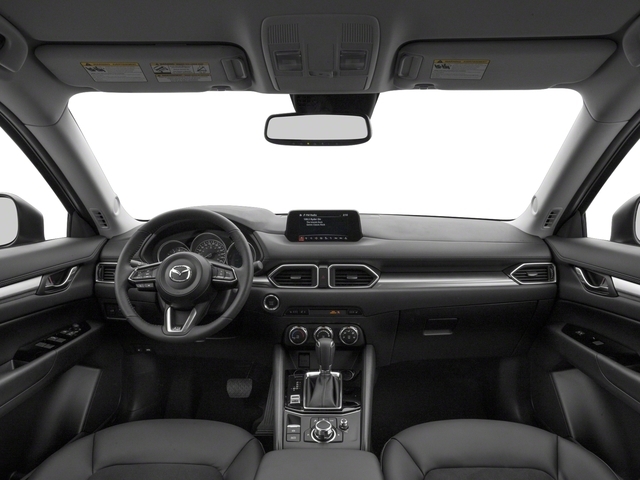
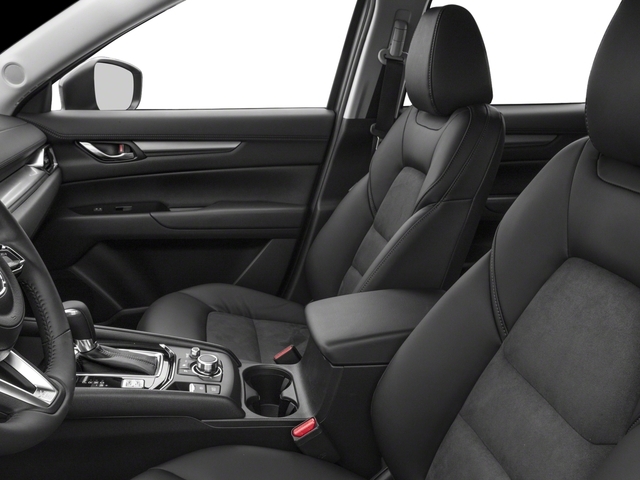
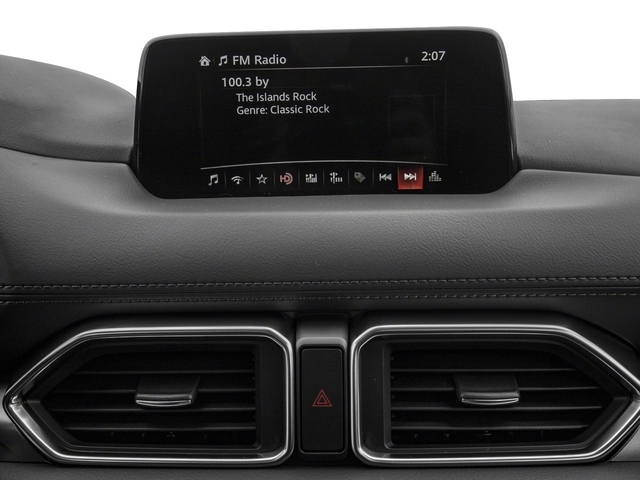
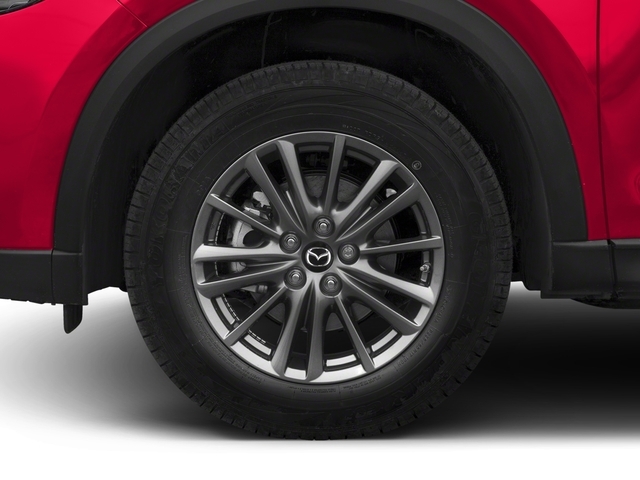
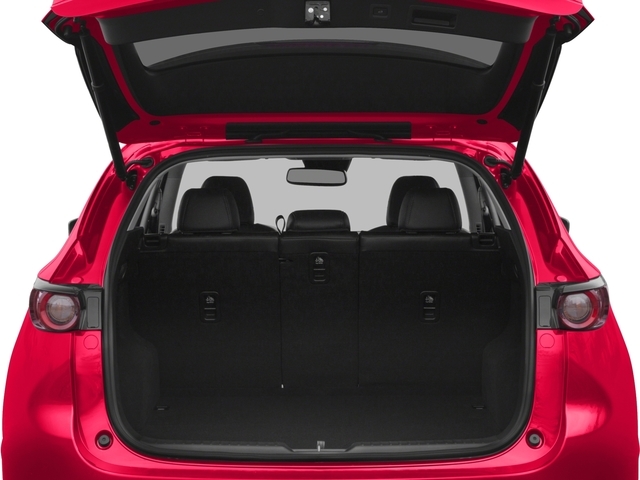
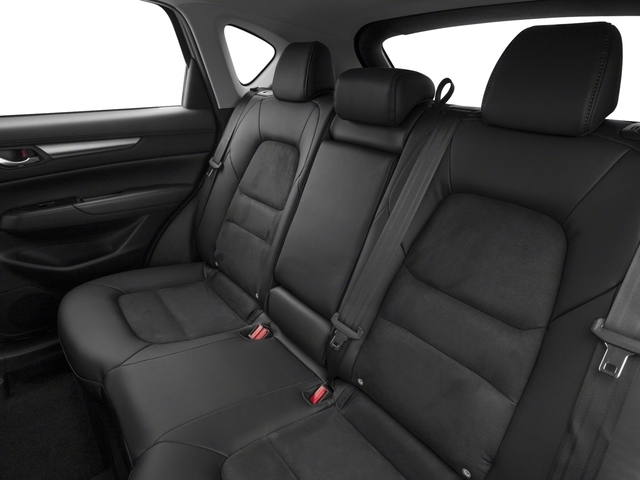
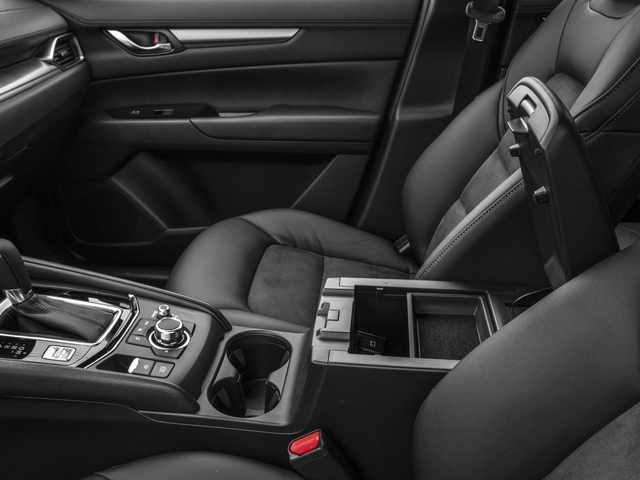
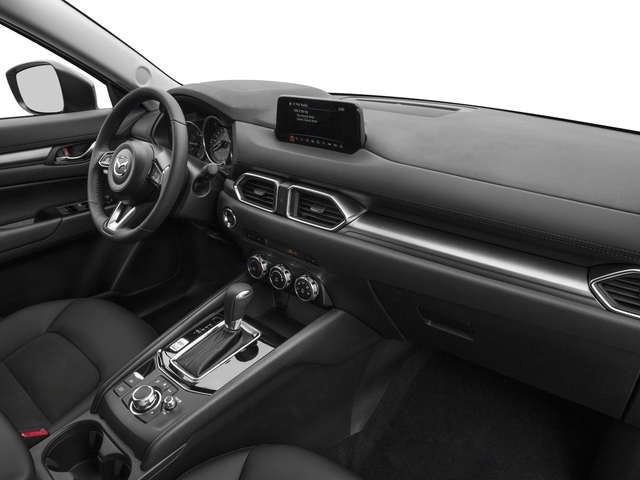
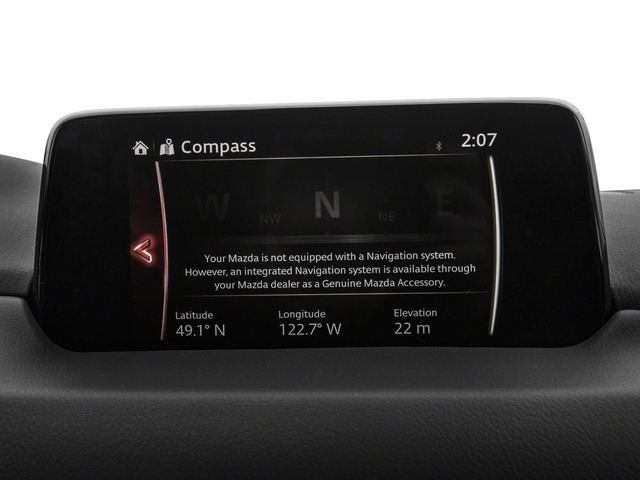
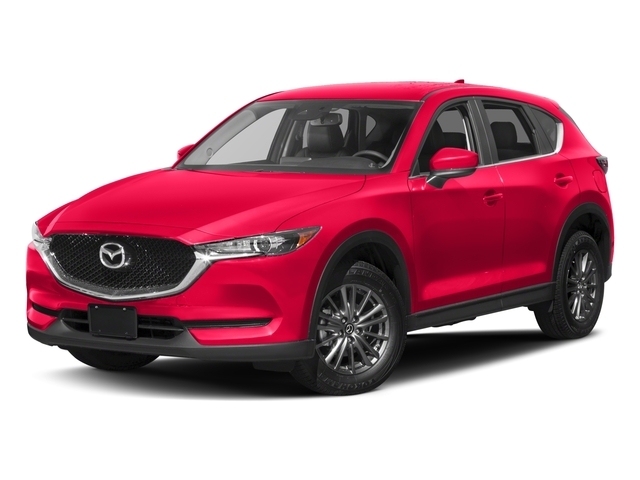
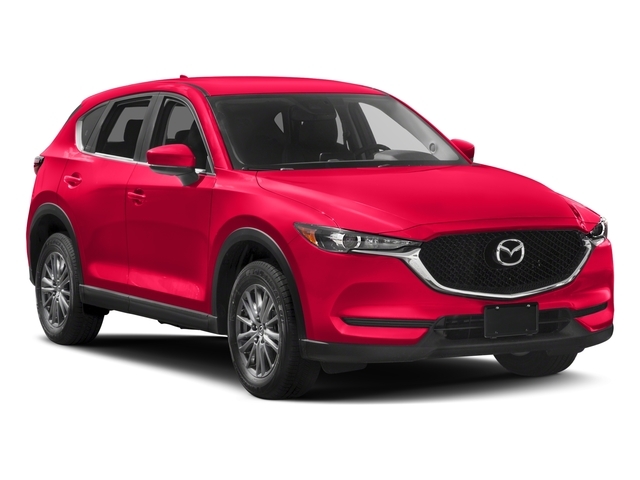
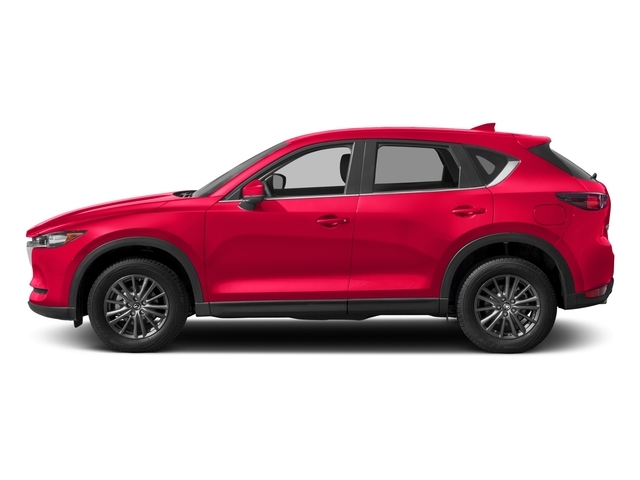
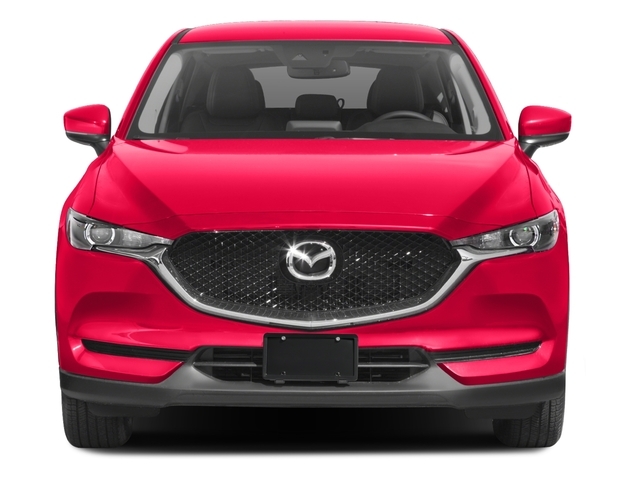
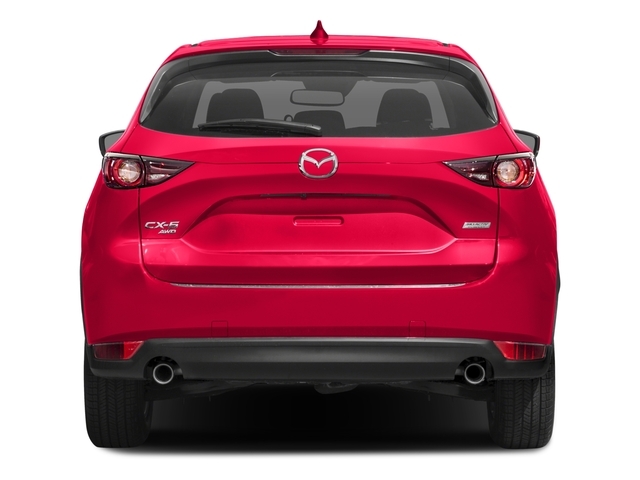
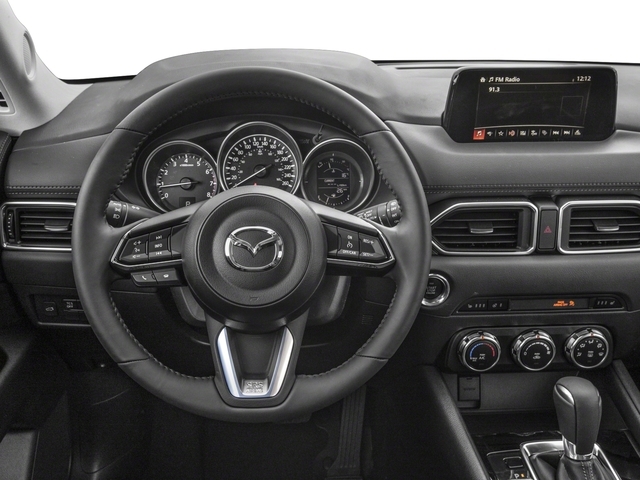
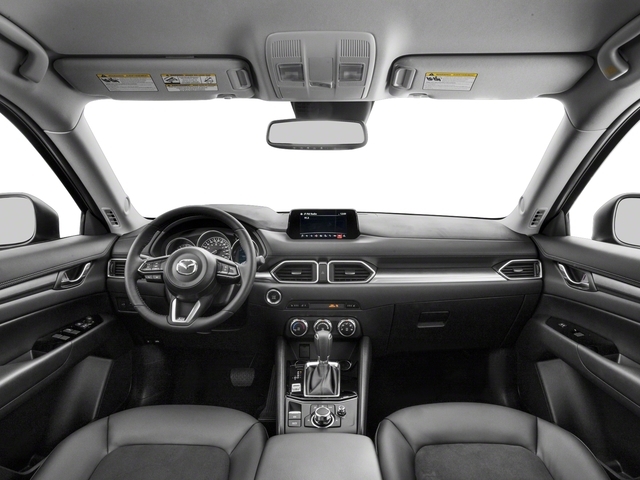
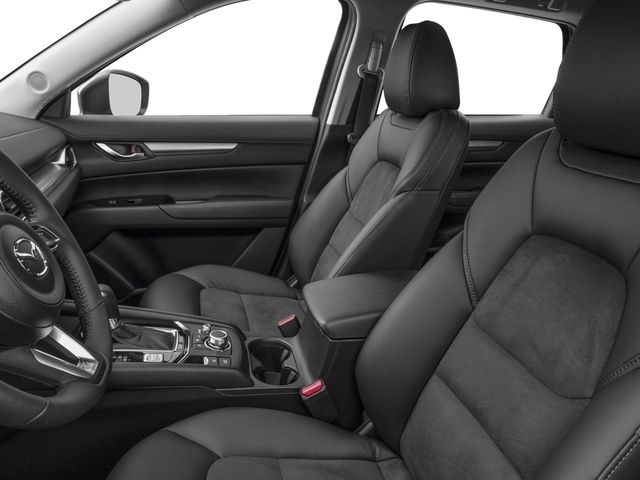
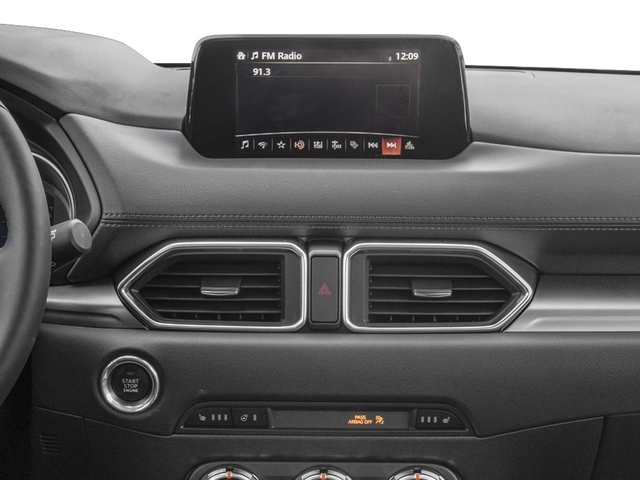
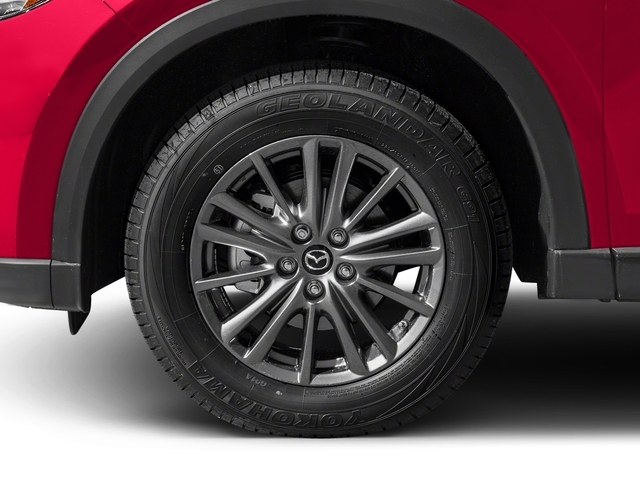
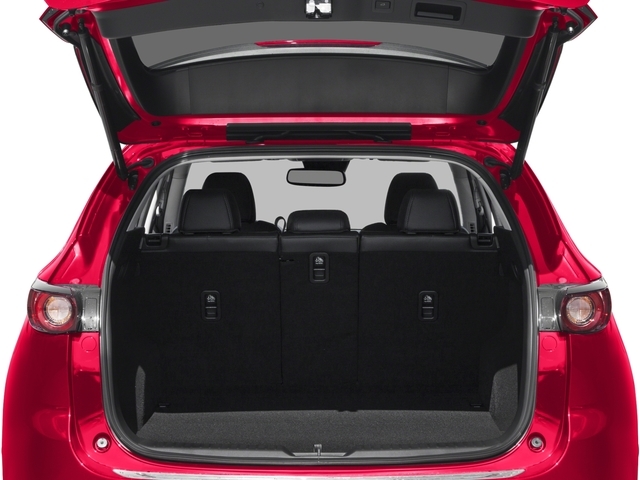
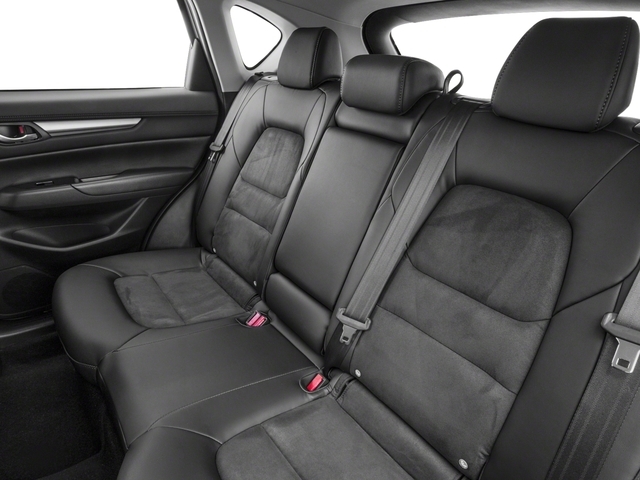
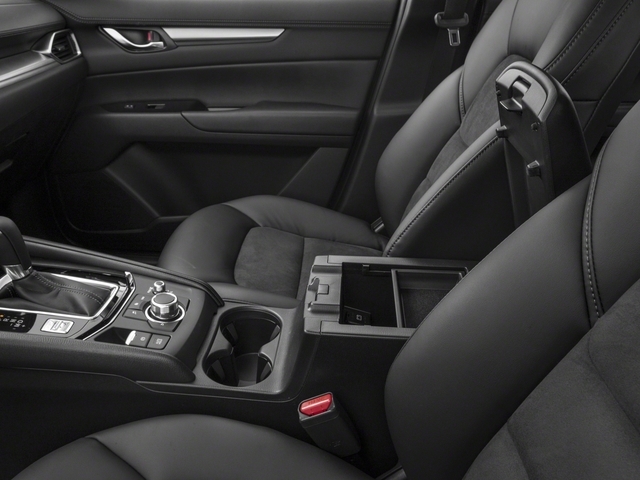
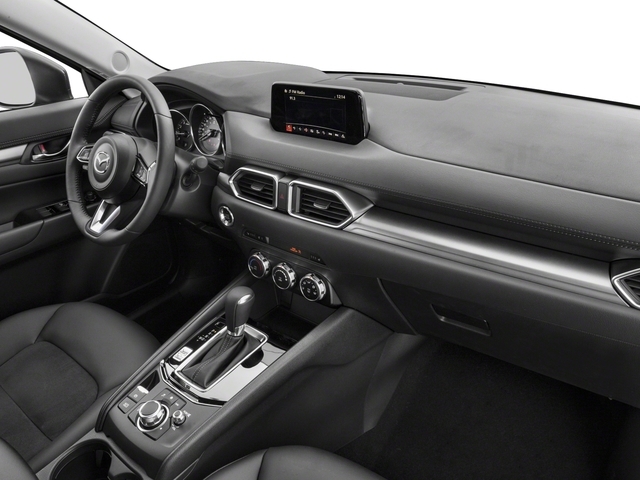
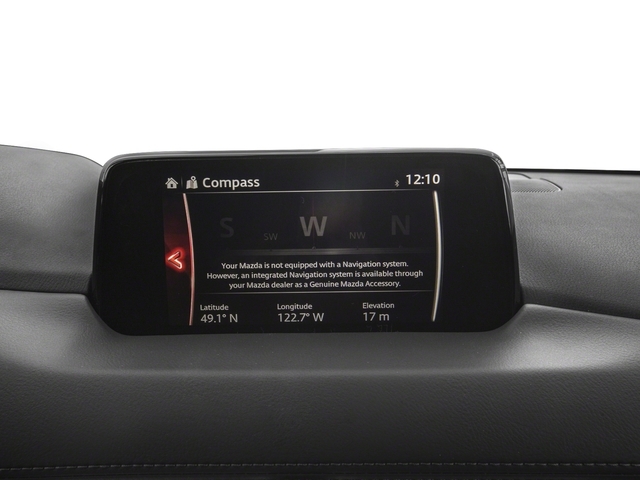
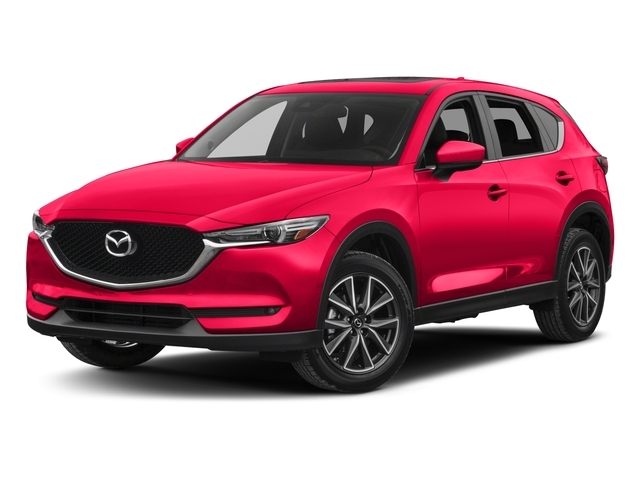
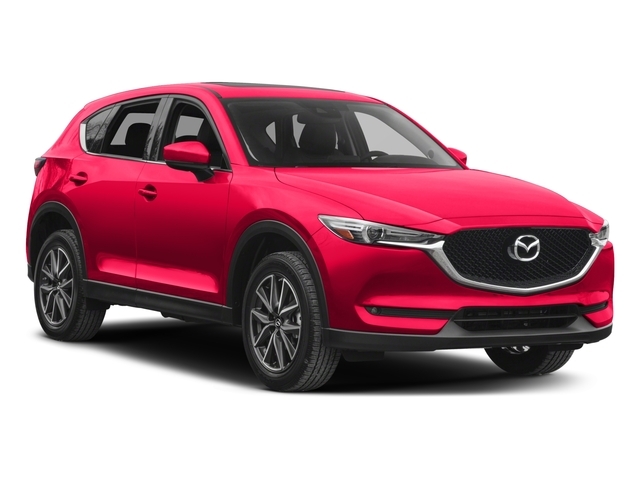
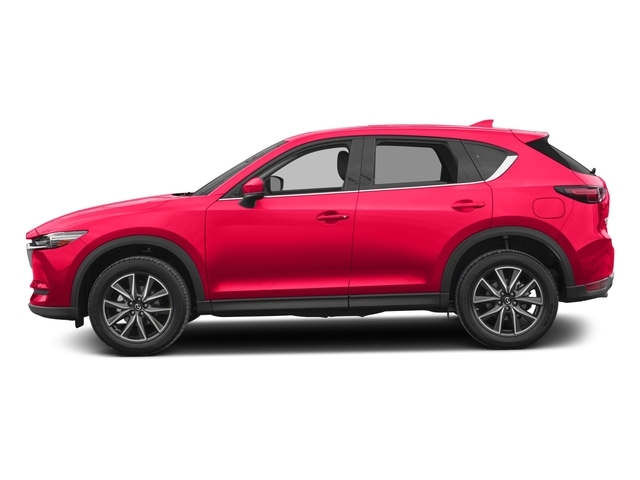
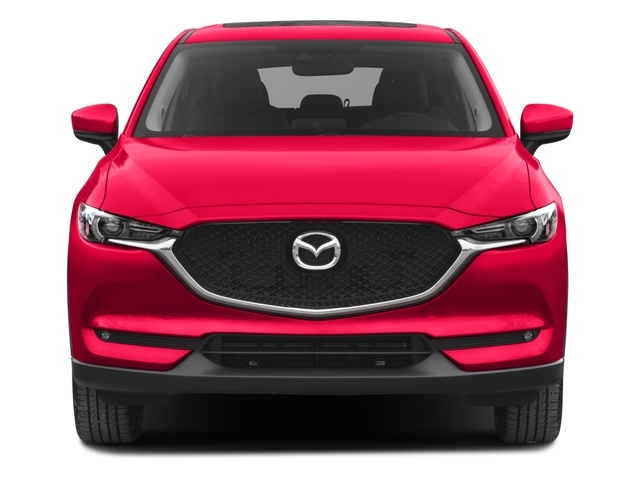
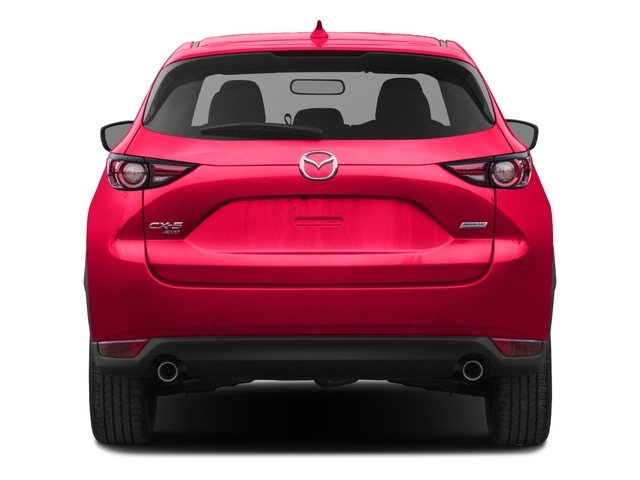
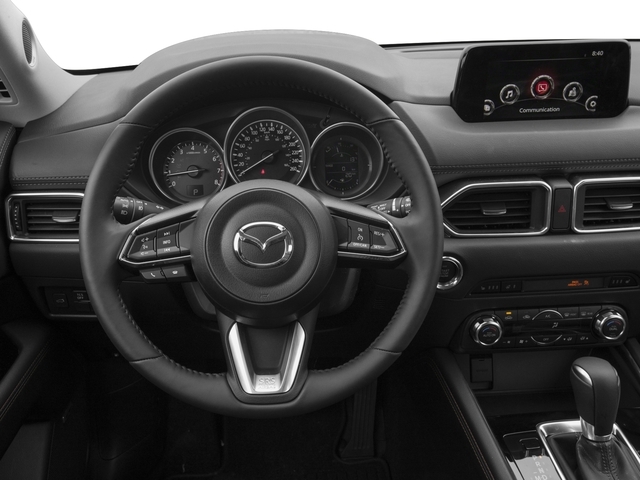
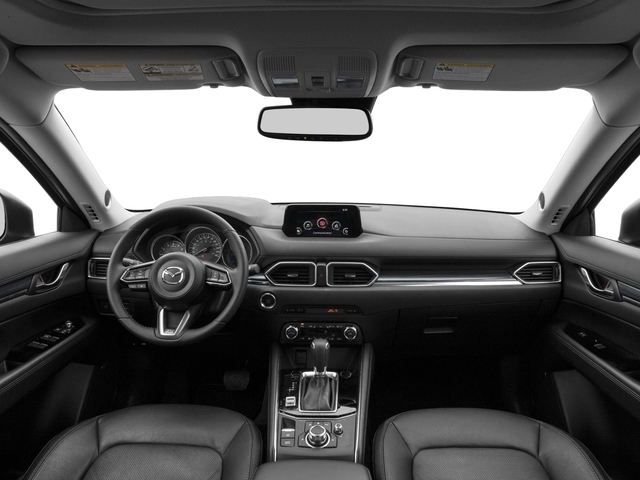
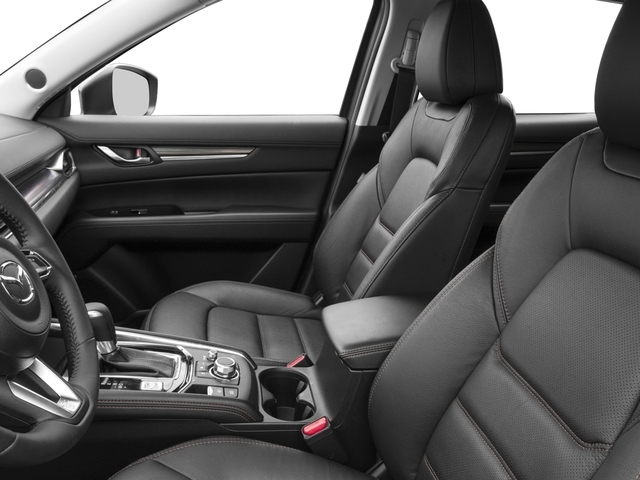
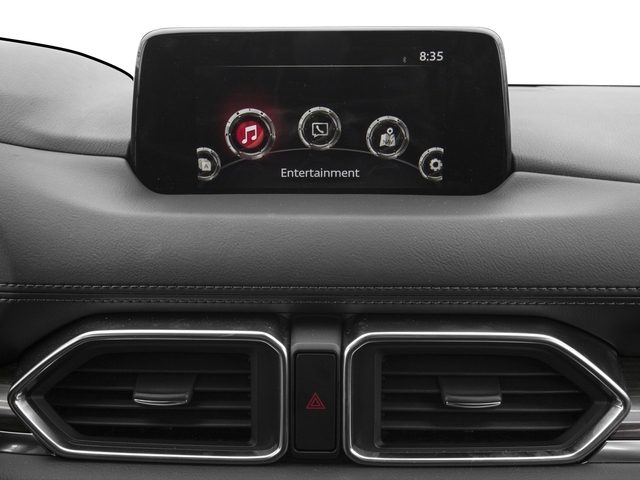
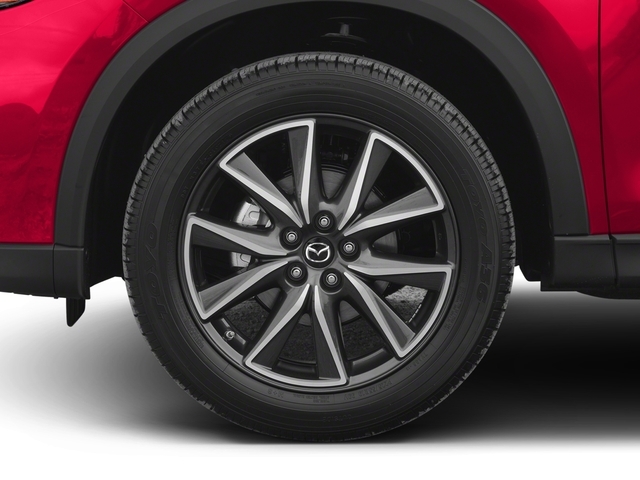
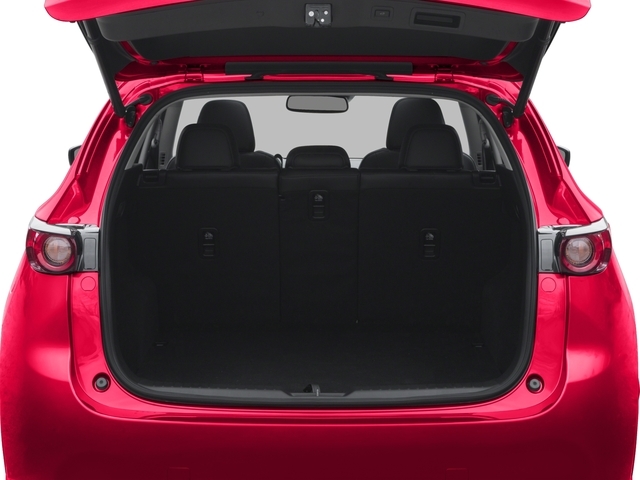

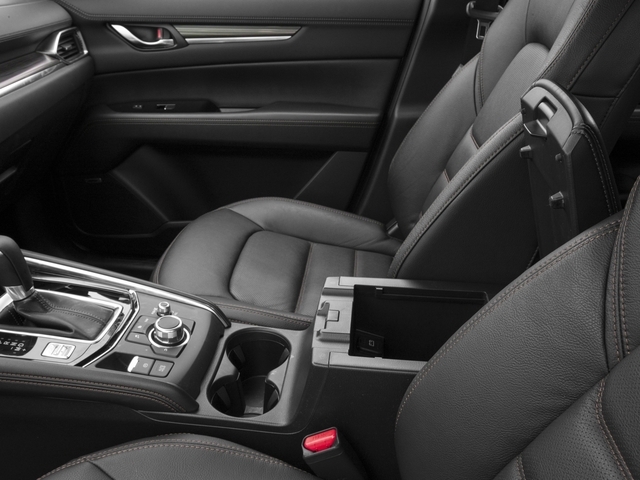
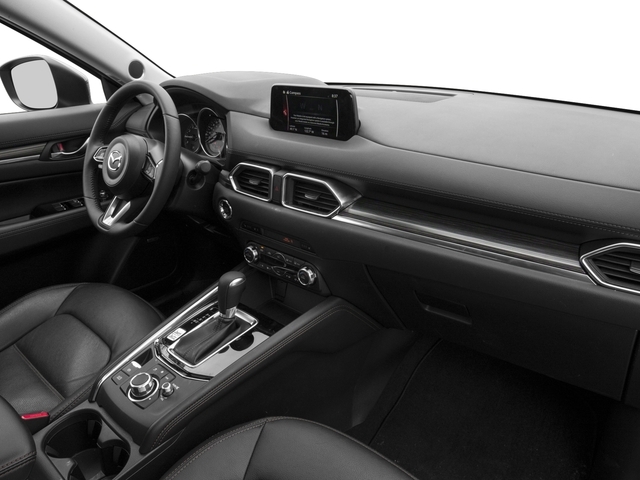
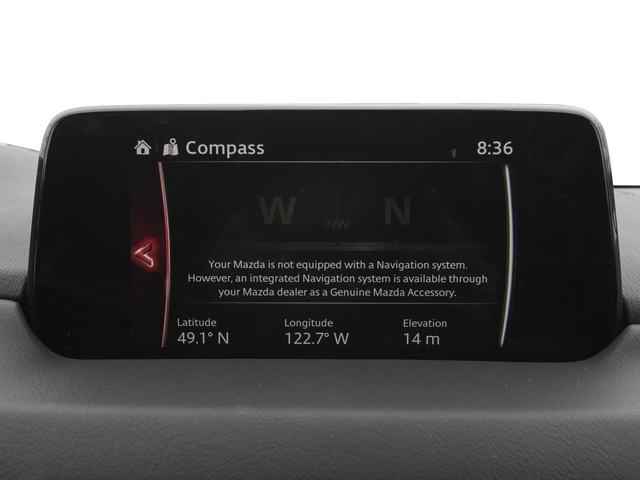











































































AutoTrader Review





